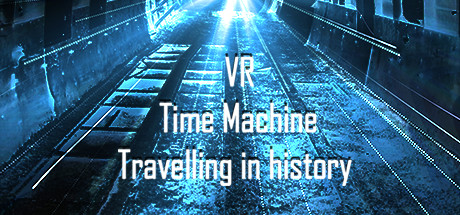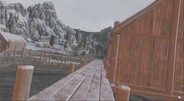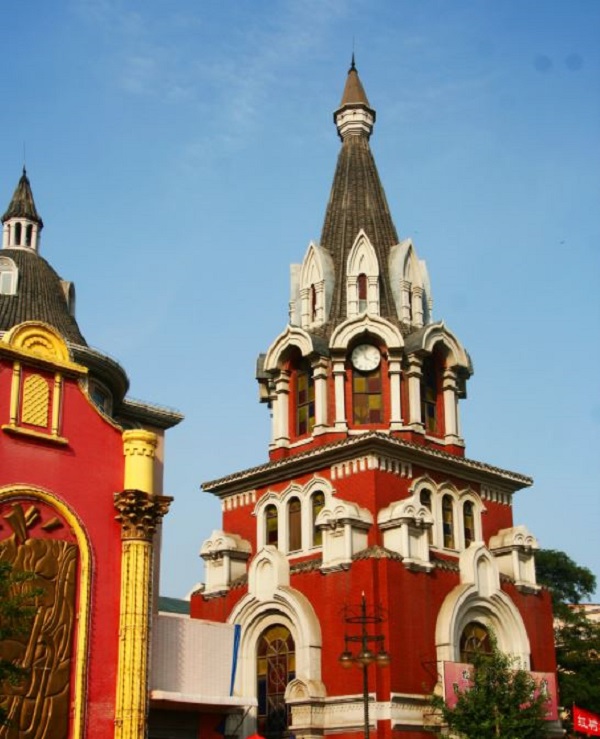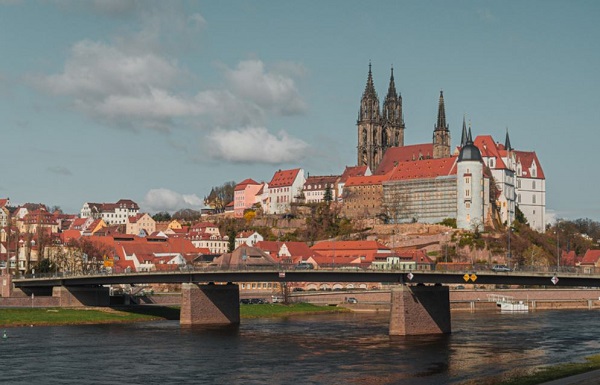Installer Steam
log på
|
sprog
简体中文 (forenklet kinesisk)
繁體中文 (traditionelt kinesisk)
日本語 (japansk)
한국어 (koreansk)
ไทย (thai)
Български (bulgarsk)
Čeština (tjekkisk)
Deutsch (tysk)
English (engelsk)
Español – España (spansk – Spanien)
Español – Latinoamérica (spansk – Latinamerika)
Ελληνικά (græsk)
Français (fransk)
Italiano (italiensk)
Bahasa indonesia (indonesisk)
Magyar (ungarsk)
Nederlands (hollandsk)
Norsk
Polski (polsk)
Português (portugisisk – Portugal)
Português – Brasil (portugisisk – Brasilien)
Română (rumænsk)
Русский (russisk)
Suomi (finsk)
Svenska (svensk)
Türkçe (tyrkisk)
Tiếng Việt (Vietnamesisk)
Українська (ukrainsk)
Rapporter et oversættelsesproblem






















 European castles are known for their mysterious brilliance. Many castle owners are either kings, nobles, ministers, or princesses. Each has its own ancient legend about them. However, in the millennium, the hustle and bustle of the past has long been silent, and their masters have turned into dead bones.
European castles are known for their mysterious brilliance. Many castle owners are either kings, nobles, ministers, or princesses. Each has its own ancient legend about them. However, in the millennium, the hustle and bustle of the past has long been silent, and their masters have turned into dead bones.

 Indlæser anmeldelser...
Indlæser anmeldelser... 





 Steam
Steam @steam
@steam